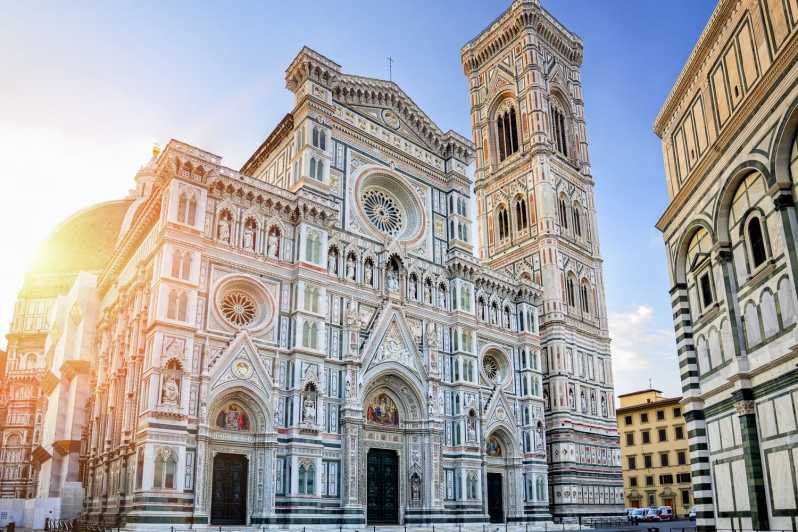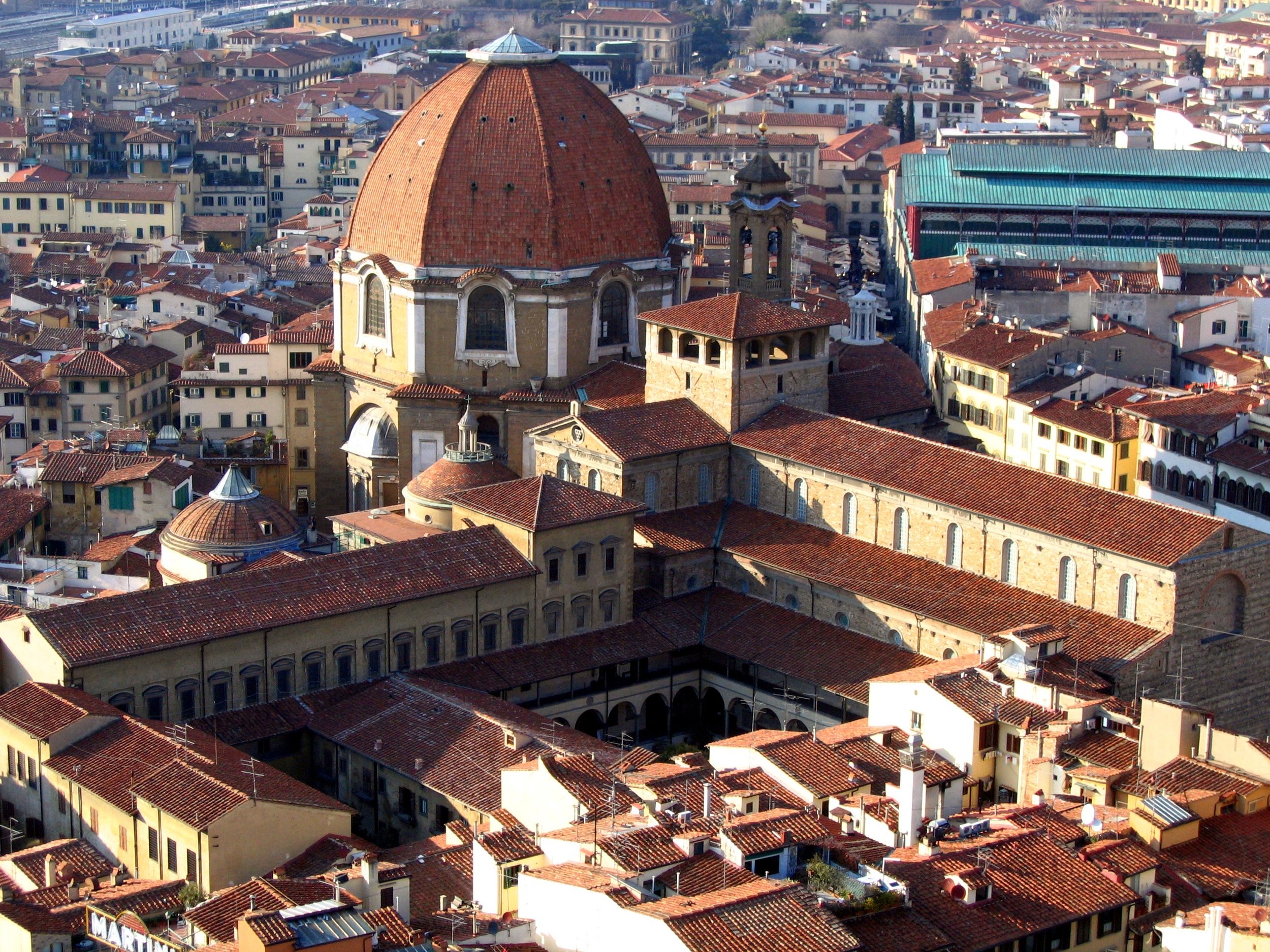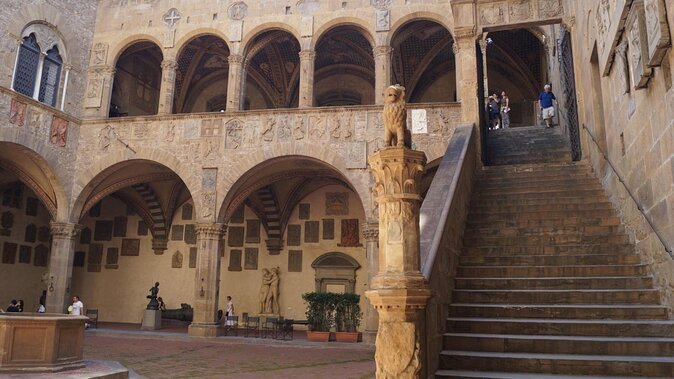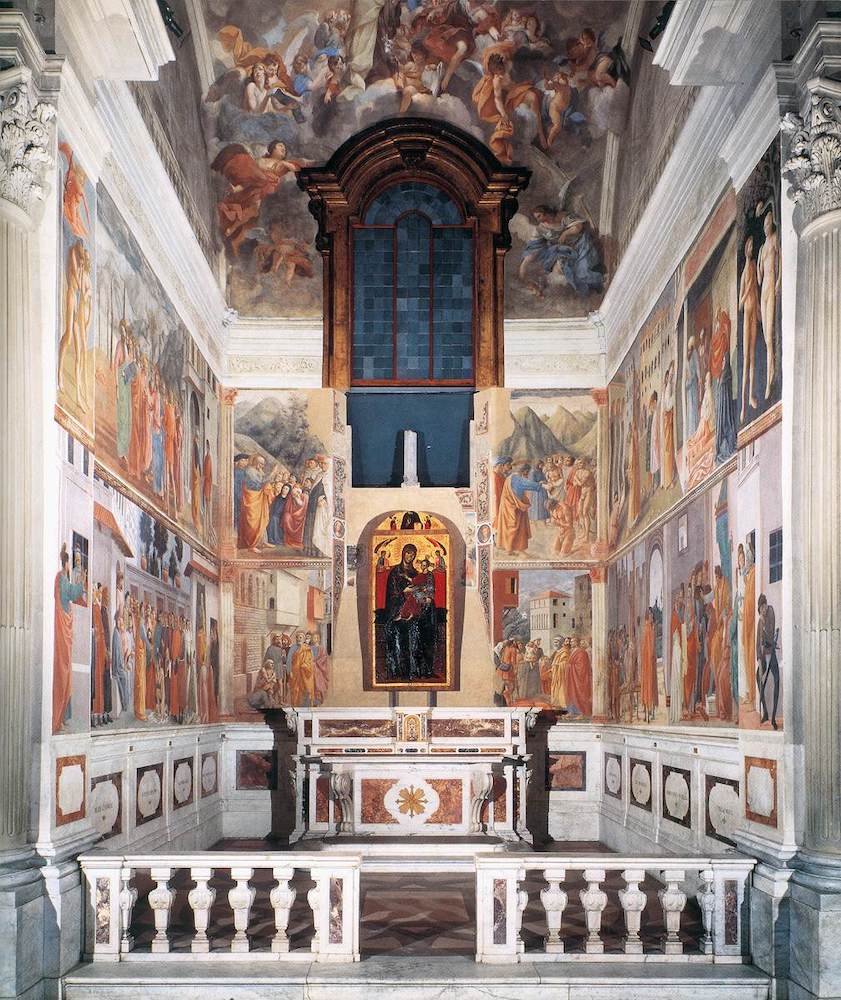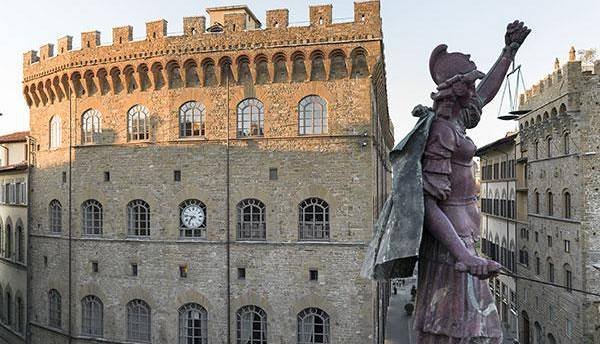Discover Art as well as History in Florence's Best Museums & Galleries
Florence is worldwide renowned as one of Europe's great capitals of art-- below are the best museums and galleries to discover in the birthplace of the Renaissance.
The capital of Tuscan is deeply happy with its Renaissance past-- with its antique frescoed palazzos, church-filled piazzas along with horse-drawn carriages roving the centre, the city appears nearly halted in time. Its museums and galleries provide a glimpse into Florence's past, when art, architecture, philosophy as well as science flourished and thrived. All the paintings and drawings of Florence are the witness of that glorious past.
Uffizi Gallery: Art Gallery
Uffizi Gallery: Art Gallery
Initially developed by artist-architect Giorgio Vasari to house Florence's government management, the luxurious Uffizi (' workplaces' in Italian) is a wonder both from inside and outside. Commonly regarded as one of the best galleries in Europe, it's an authentic temple to Renaissance painting, and is the primary stop for the majority of visitors to Florence. Wandering these long halls is a lesson in art history; it's house to an astonishing variety of masterworks, including Sandro Botticelli's The Birth of Venus and Primavera, Leonardo da Vinci's Annunciation, as well as works by Caravaggio, Titian and Michelangelo. The galleries even feature significant classic sculptures from ancient Rome. As the galleries can be extremely busy, ensure you book ahead with timed-entry tickets. If you 're in Florence for a weekend of cultural sightseeing, take into consideration the consolidated 72-hour ticket that consists of the Uffizi, Palazzo Pitti as well as the Boboli Gardens.
Duomo: Basilica, Museum
Duomo: Basilica, Museum
More than a church, greater than a museum- the Duomo is the city's most recognisable establishment, a striking, significant cultural monument in the city. The multi colour marble basilica, Santa Maria del Fiore, crowned by Brunelleschi's famous dome is a Renaissance masterpiece of architecture as well as layout. Access to the cathedral is free, however it's worth the ticket price to explore the complex, which is home to many of the city's greatest historic treasures. The 72-hour ticket provides entry to Giotto's dizzying, light-filled bell tower; the baptistery; the basilica as well as crypt; and the Duomo Museum. The museum is often unfairly neglected-- recently it undergone an enthusiastic expansion, inside you'll locate the basilica's original sculpture-laden exterior by Arnolfo di Cambio, works by Michelangelo, Donatello, and also Ghiberti's authentic, awe-inspiring opulent baptistery doors.
Palazzo Pitti: Museum.
Palazzo Pitti: Museum.
Devote the day discovering the Palazzo Pitti, which is the place to the Medici Apartments, the Palatine Gallery, the Treasury of the Grand Dukes, the Museum of Costume, Fashion as well as the Boboli Gardens. This vast Renaissance palace dominates the Oltrarno home's 4 galleries and the gardens, so it pays to obtain here earlier and choose what you're most curious about seeing ahead of time. The Gallery of Costume and Fashion includes meticulously kept Renaissance garments and ingenious exhibitions. History buffs will not want to miss the palatial splendors of the Imperial and Royal Apartments, former house of the Medici Grand Dukes of Tuscany plus the Savoys, who were sovereigns throughout Florence's concise stint as the capital of Italy. Ensure you leave plenty of time to enjoy the lavish, sculpture-filled wonderland of the neighboring Boboli Gardens.
Palazzo Vecchio: Building, Museum, Historical Landmark
Palazzo Vecchio: Building, Museum, Historical Landmark
Florence's city hall, with its skyward-reaching signature tower, looks more like a castle from a Medieval fairytale than a current seat of local government. Step inside to walk through the Florentine past, that includes a browse through to the Hall of the Five Hundred, which some believe houses secret wall surface drawings by Leonardo da Vinci, the Hall of Lilies adorned with frescoes by Domenico Ghirlandaio, as well as the remarkable Hall of Geographical Maps. Climb the tower for spectacular views overlooking the Arno River, and take some time to roam via Piazza della Signoria afterwards. This square boasts the city's most impressive fountain, the mammoth Neptune by Bartolomeo Ammannati and Giambologna, and also the Loggia dei Lanzi, an outside sculptural heaven.
Basilica di Santa Croce: Church
Basilica di Santa Croce: Church
Anybody who knows Florence knows that a lot of the city's greatest treasures are found in its churches-- 1st amongst them being Santa Croce. Home to the jaw-dropping frescoes of Giotto and Taddeo Gaddi, Vasari's Last Supper and the tombs of Michelangelo, Galileo and Machiavelli, a stroll with the aisles right here is like a walk through the fabled halls of Florentine history. In the basilica, you can even find out about the Florentine flooding of 1966-- when the aggressively rising Arno River ravaged the city, severely harming several valuable artworks-- and marvel at the painstaking restoration that complied with. Enquire in advance regarding the fabulous and cost-free volunteer-led excursion in English (included in the entrance ticket), and don't forget to visit the scenic yard.
Cappelle Medicee: Church
Cappelle Medicee: Church
Though they may be small-sized, the Medici Chapels are a mini-masterpiece. Pre-eminent vendors turned financiers and long time leaders of Florence, the Medicis appointed Michelangelo to create the New Sacristy in 1520 as a family tomb, connected to the family church, San Lorenzo. The adjacent Chapel of the Princes, built later by collective design, is a luxurious marble and gemstone mausoleum symbolizing the Medicis' long and powerful heritage. The chapels as well as crypt house the remains of most of the Medici clan, including Lorenzo the Magnificent and his brother Giuliano, and Cosimo the Senior, the very first Medici leader of Florence who was dubbed 'Pater Patriae', father of the country. Take time to stick around at Michelangelo's haunting sculptures of Dawn as well as Duskand Night and Day.
Bargello: Museum
Bargello: Museum
Among the earliest buildings in Florence, this previous courthouse-turned-prison-turned-museum merits a check out for its strange past as well as architecture alone. The Bargello's imposing Medieval tower as well as crest-lined yard brim with the spirit of the turbulent political and family rivalries that created Florence. Today, the Bargello also houses the city's best sculpture collection. Upstairs, you'll experience 2 extremely diverse bronze interpretations of David from Donatello and Verrocchio, as well Il Marzocco, Donatello's famous lion symbolizing the power, pride along with freedom of the Florentine Republic. You'll even locate glazed terracottas by the della Robbia family members and a ceremony of important sculptures by Benvenuto Cellini, Giambologna as well as Michelangelo. The most striking of these is an incomplete figure that, regardless of its deficiency of completion, provides a sight of the mind and the hands of a master at work.
Galleria dell' Accademia di Firenze: Art Gallery, Museum, Architectural Landmark
Galleria dell' Accademia di Firenze: Art Gallery, Museum, Architectural Landmark
The majority of site visitors come down to this gallery for one purpose and one reason only: to see Michelangelo's magnum opus, David. Yes, the tickets are costly and the lines are long without a booking, however it's definitely worth it. Originally commissioned for the Duomo, Michelangelo's towering marble statue of the biblical hero has indeed ended up being an iconic symbol worldwide, identified with both Florence and the Renaissance. Standing at an incredible 5 metres (17 feet) and once sculpted from a single 'flawed' piece of white Carrara marble, David is an ageless testimony to Michelangelo's withstanding brilliance.
Cappella Brancacci: Church
Cappella Brancacci: Church
The tiny church of Santa Maria del Carmine in the Oltrarno is easy to overlook when planning your travel plan. However, inside lies the Brancacci Chapel, where you'll find the handiwork of 3 famed Florentine 15th-century painters: Filippino Lippi and the master-apprentice duo of Masolino and Masaccio. Art students flock to the chapel, which has been called the Sistine Chapel of the earlier Renaissance, to study the pioneering use of viewpoint, variants and evolution of design, colour palette along with paint techniques of the period. History lovers can search the frescoes for the faces of significant Florentine figures concealed in the groups. Bear in mind that the chapel as well as church have different entries. Plan ahead, as the chapel has differing hrs and requires timed-ticket entry.
Museo Salvatore Ferragamo: Museum
Museo Salvatore Ferragamo: Museum
For a museum that's a little out of the rule, head to Ferragamo. Concealed beneath the famed footwear developer's signature shop on Via Tornabuoni, you'll locate a museum committed to the life as well as artistic design of the original proprietor, as well as shoemaker to the stars, Salvatore Ferragamo. Here, you can trace Ferragamo's growth from young shoemaker in Naples, to a factory worker manufacturing cowboy boots in Boston, to Hollywood designer. When Ferragamo went back to Italy, he chose to open his namesake store in Florence. These halls display his footwear as works of art, showing one-of-kind, custom-made heels from the 1920s-1950s created for starlets such as Marilyn Monroe, Greta Garbo and Audrey Hepburn alongside photos, sketches, models and devices for shoemaking. Themed exhibits showcase a variety of revolving styles from the archive's collection.


